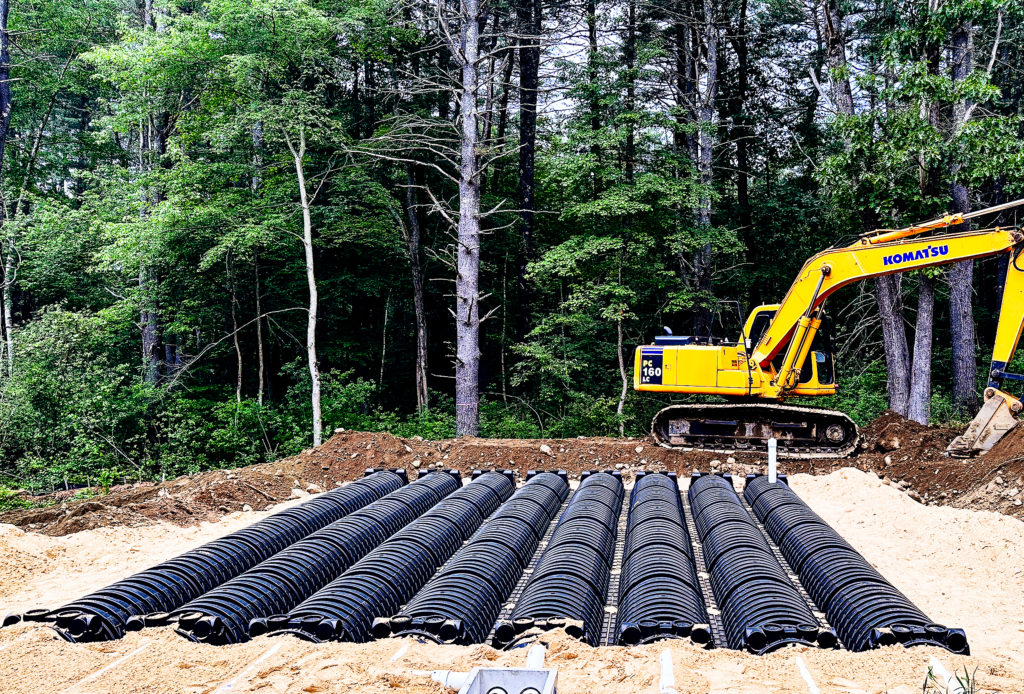A septic system is a vital component of a building’s waste management system. It is responsible for the disposal of wastewater from the building and is typically installed underground. Here is a step-by-step guide on the installation process:
Site evaluation
The first step in the septic system installation process is to evaluate the site where the system will be installed. The site should be evaluated for soil composition, slope, and any other factors that may affect the system’s performance. A perc test, or percolation test, is typically conducted to determine the soil’s absorption rate.
Design the system
After the site evaluation, the septic system designer will create a design plan based on the site’s evaluation results. The plan will include the type of septic system, the size of the system, the placement of the tank, and the drainage field’s location.
Obtain necessary permits
Before beginning the installation, it is essential to obtain any necessary permits and approvals from the local regulatory agency. The septic system installer or the property owner will typically handle this process.
Excavation and preparation
The next step is to excavate the site where the septic system will be installed. The excavation process will involve removing any vegetation and topsoil and digging a hole for the septic tank. The hole should be deep enough to accommodate the size of the tank, plus an additional foot of clearance on all sides.
Install the septic tank
Once the excavation is complete, the septic tank can be installed. The tank should be placed on a bed of gravel to prevent it from shifting or settling. The inlet and outlet pipes will then be connected to the tank, and the tank will be filled with water to ensure it is level.
Install the drainage field
The drainage field, also known as a leach field, is where the wastewater from the septic tank will be dispersed. The drainage field consists of a series of perforated pipes laid in trenches filled with gravel or other drainage material. The drainage field’s size and layout will vary depending on the site’s soil composition and the amount of wastewater generated by the building.
Connect pipes and add final touches
After the drainage field is installed, the final step is to connect the pipes from the septic tank to the drainage field. The pipes will be buried, and the excavation site will be backfilled with soil. The septic system installer will test the system to ensure it is functioning correctly and make any necessary adjustments.
In conclusion, the septic system installation process is a complex and essential process that requires expertise in several areas, including site evaluation, design, excavation, and plumbing. It is critical to hire a licensed and experienced septic system installer to ensure the system is installed correctly and safely. With proper installation, a septic system can provide a reliable and effective way to manage wastewater from your property.

